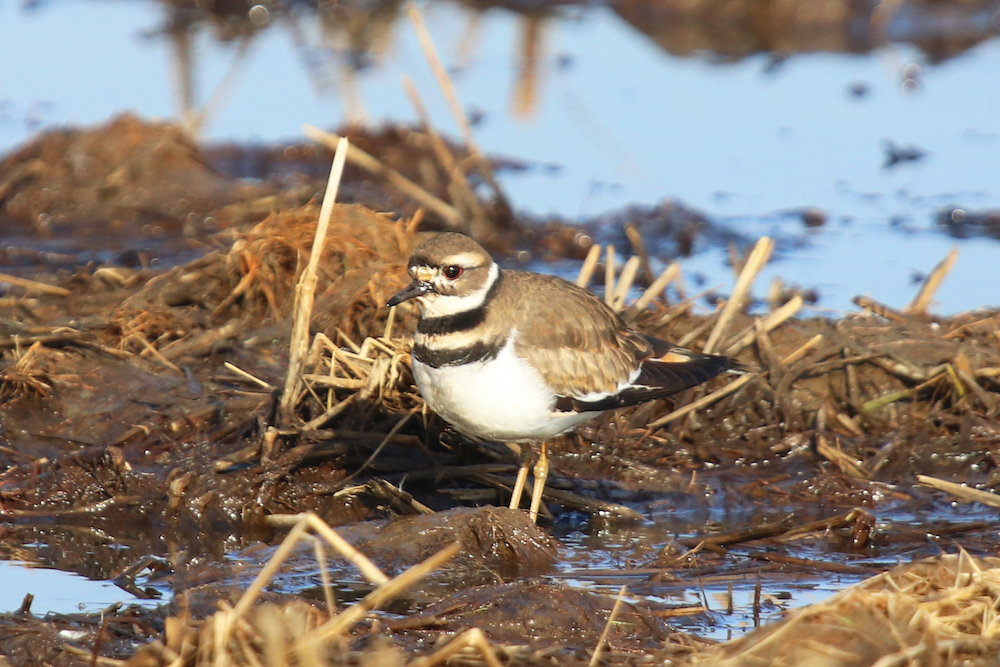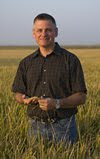Creatures of the Mud
By Jim Morris
Although I find traveling through rice country rewarding and relaxing, I also have the problem of racing through, gathering as many photos and videos as I can in my version of warp speed.
My wife, Leslie, continues to remind me that, rewards come with patience in photography.
Case in point, I recently had a long Sacramento Valley photo trip. Towards the end, I took Leslie’s advice and pulled my vehicle over next to a muddy rice field. I was supremely rewarded! Here’s a video montage of some of the creatures I saw.
Mud is not only a key to growing rice, since it holds the water in place. It’s also key habitat for several wildlife species. Here are some comments from three of our wildlife partners on the value of muddy habitat:
“I am, in fact, very excited about muddy fields! I should clarify that I am excited about muddy fields within the context of the larger flooding gradient in the Sacramento Valley. Muddy fields alone wouldn’t get the job done, but they and the muddy fringes of flooded areas are of great importance. In fact, the Migratory Bird Conservation Partnership describe our target water depth as mudflat to 4 inches. Those muddy areas are used by the smallest of the sandpipers, the Least Sandpiper, regularly in addition to Killdeer, Snipe and Pipits.”
Khara Strum, Conservation Project Manager, Working Lands Program, Audubon California

“While flooded rice fields provide the highest value habitat for many of our waterbirds, non-flooded and muddy rice fields are used by a somewhat different suite of species, perhaps those that might have used the Valley’s soggy open grasslands in the winter, such as Wilson’s Snipe, Killdeer, American Pipits, and Horned Larks. Even Long-billed Curlews like to use muddy fields.”
Kristin Sesser, Avian Ecologist, Point Blue Conservation Science
“I like muddy fields because so many birds use them! If they are muddy because they are just flooding up then this drives lots of prey to the surface. And if, on the other hand, they are muddy because floodwaters have recently drawn down, then food items that were previously in the water (or unavailable in the sediments) can now easily be accessed. Either way it can be a bonanza for a wide diversity of hungry waterbirds.”
Greg Golet, Senior Scientist, The Nature Conservancy
If you are enthusiastic about seeing the diverse wildlife in rice country, I encourage you to look for more than the obvious ducks, geese and raptors. Take your time and survey the mud. You’ll be surprised with what you see!
 Jim Morris is Communications Manager for the California Rice Commission. Jim has worked in communications for more than 20 years. When he’s not on the job, he enjoys his family, faith, football, outrageous monster stories and running marathons.
Jim Morris is Communications Manager for the California Rice Commission. Jim has worked in communications for more than 20 years. When he’s not on the job, he enjoys his family, faith, football, outrageous monster stories and running marathons.





